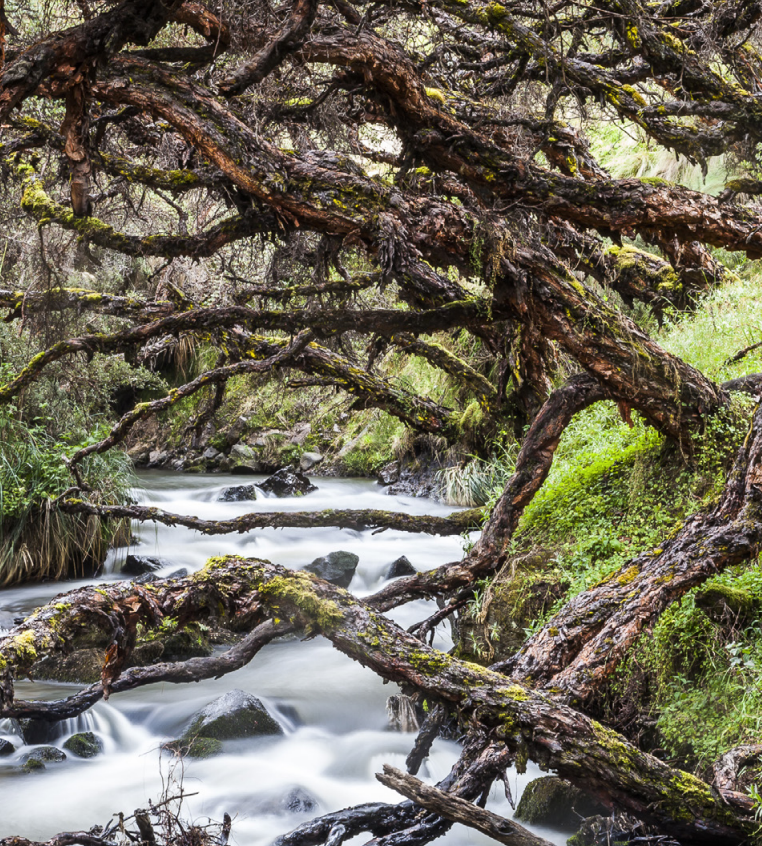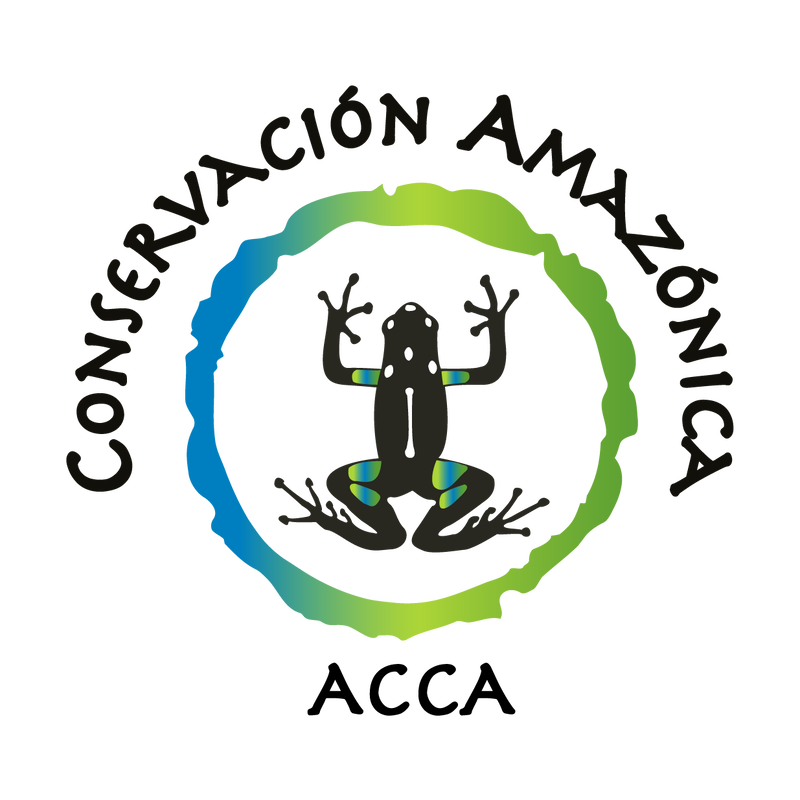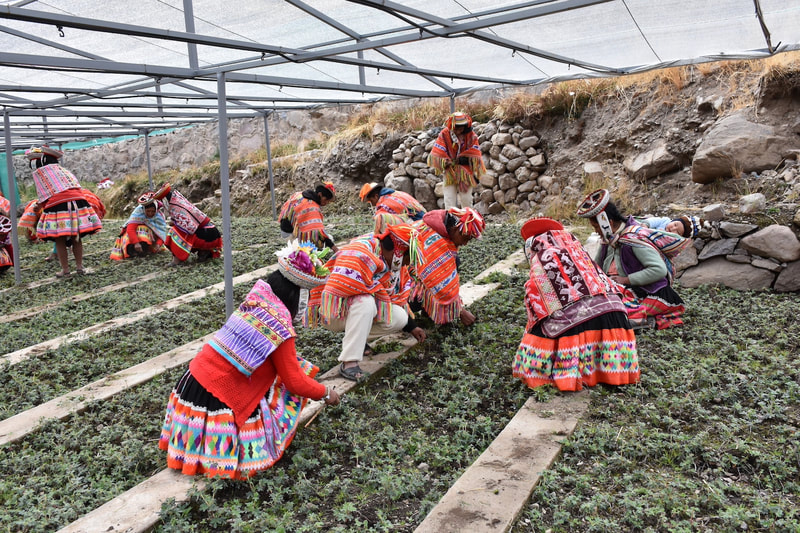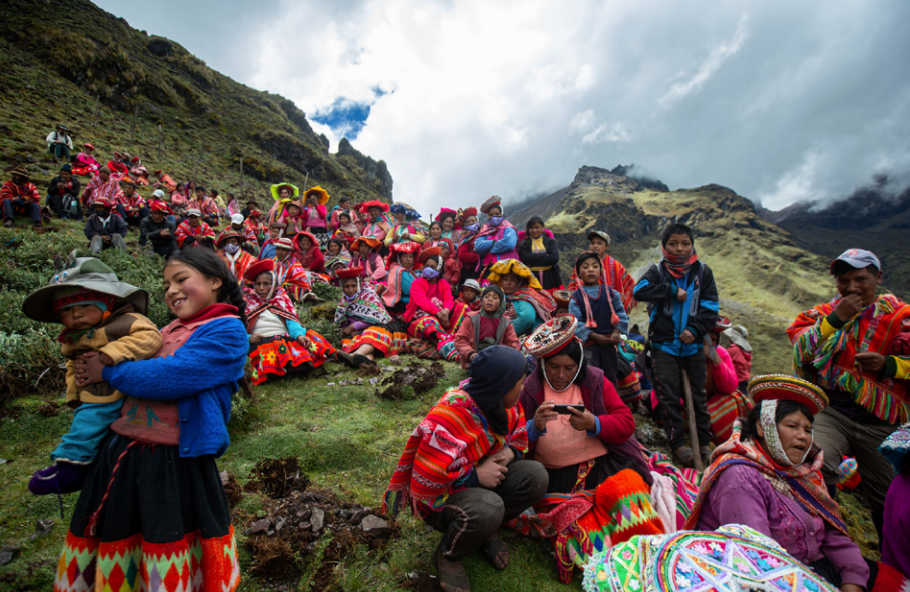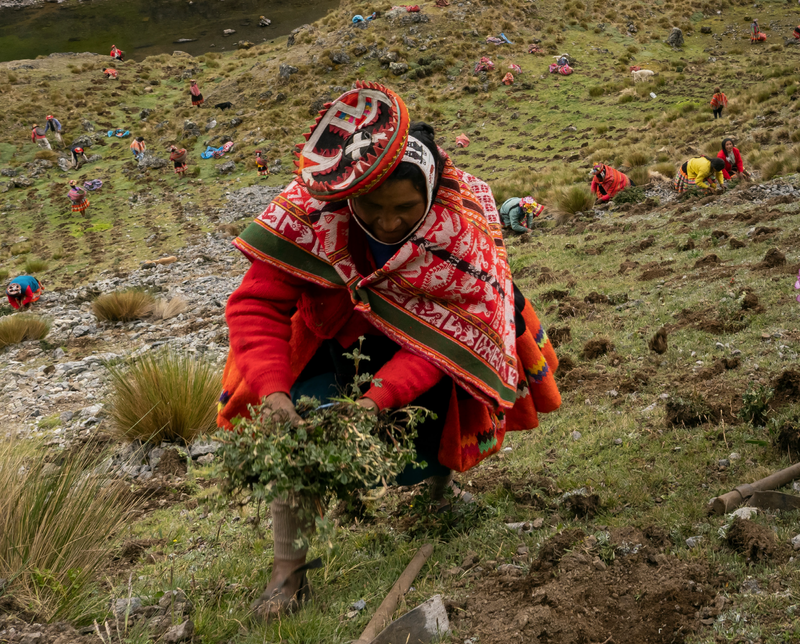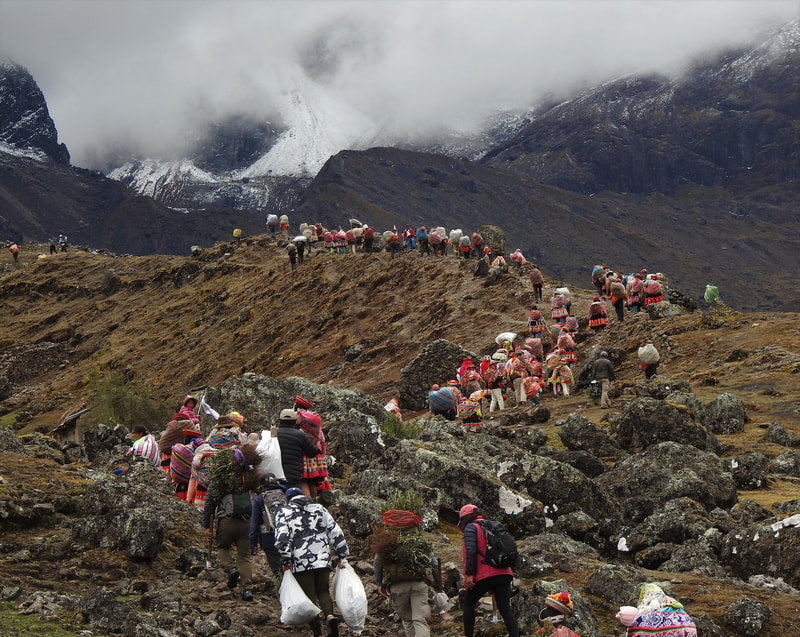Deforestation is mainly due to poverty and illegal activities such as: small-scale agricultural expansion, insufficient land use, low land productivity, drug trafficking, illegal logging, illegal mining and coca production.
Restoring High Andean Polylepis Forests in Peru
Why High Andean Forests?
|
The Andes Mountains of South America are the leading biodiversity hotspot in the world.
The Andes cover just 1% of the world's land, and yet are home to an impressive 15% of Earth's species, like the spectacled bear, puma and Andean condo. On top of this, 10 million indigenous people call the Andes their home. |
Thanks to agricultural expansion, the High Andean Forests which once covered large parts of the Andes, are now fragmented. The remnant patches of forests are severely degraded. The loss of these native Polylepis forests threatens the very existence of the animals, plants and people who depend upon it.
The hardy evergreen Polylepis is the highest-altitude growing tree in the world, growing up to 5,000 meters above sea level, often forming the treeline just below the Andean glaciers.
|
As well as being a vital carbon sink, Polylepis forests prevent flooding, soil erosion, and provide essential wildlife habitat. But even more importantly, they protect the water security of millions of people. These incredible forests act as a major source of South American's water supply, including the Amazon basin and the Amazon Rainforest. By capturing and storing glacial meltwater and mist from clouds, these trees ensure water's slow release into rivers, streams and to the communities below, even during the dry season. Whats more, by creating clouds, Polylepis forests help to keep the local climate cool, staving off the effects of our warming climate. |
If all that wasn't enough, Polylepis Forests have another vital role to play. They provide refuge to wildlife species seeking higher and cooler climates in order to survive climate change.
That's why we've teamed up with Global Forest Generation and ECOAN's Acción Andina, winners of the Earthshot Prize, to restore these native forests and their ecosystems across Peru.
That's why we've teamed up with Global Forest Generation and ECOAN's Acción Andina, winners of the Earthshot Prize, to restore these native forests and their ecosystems across Peru.
Our reforestation work is crucial to the region’s climate resilience, water security, biodiversity, community livelihoods and indigenous culture. Plus of course the incredible carbon sink potential we so desperately need to fight climate change on a global scale.
SEE OUR WORK IN ACTION
Our collaboration with Acción Andina - with thanks to on the ground co-ordinators - ACCA, ICEA, ECOAN - means engaging and working closely with the local communities in Abancay, Aquia, Cajamarca, Calipuy, Ccorca, Challabamba, Nor Yauyos Cochas, Q'ero, and Vilcanota, to carry out conservation activities, building powerful partnerships, enhancing livelihoods and creating forest ecosystems that endure for generations.






